Accordingly, on October 31, the People's Committee of Nghe An province issued Decision No. 3538/QD-UBND on recognizing Cay Chanh urban area, Dinh Son commune, Anh Son district as meeting the standards of a type V urban area. Cay Chanh urban area has an area of 360 hectares and a population of 9,400 people.
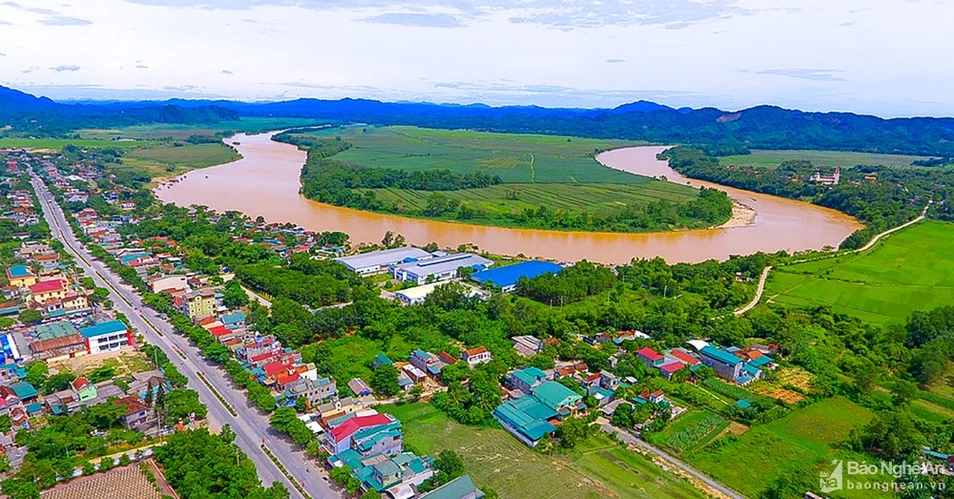
Cay Chanh urban area is the connecting point between districts on National Highway 7A, 100km from Vinh city.
The recognition of Cay Chanh urban area as meeting type V standards will contribute to increasing the urbanization rate in Nghe An province in particular and the whole country in general in the spirit of Resolution 06-NQ/TW of the Politburo on planning, construction, management and sustainable development of Vietnamese urban areas to 2030, with a vision to 2045. It is an opportunity for Cay Chanh urban area to develop in all fields, improving the quality of life of the people.
In the period of 2020 - 2022, the average annual economic growth rate of Cay Chanh urban area is 7.9%; the structure of economic sectors is: services - trade accounts for 31.22%, industry - construction accounts for 33.96%, agriculture - forestry - fishery will decrease to 34.82%; average income per capita reaches 48.2 million VND/year.
In 2011, Cay Chanh town was established by the decision of the Provincial People's Committee. Previously, the Provincial People's Committee issued Decision No. 448/QD-UBND dated February 19, 2019 on approving the detailed construction planning at a scale of 1/500, the new Cay Chanh urban area has a planning area of over 9.1 hectares, with a population of about 1,500 people.
Type 4 urban areas must meet the following criteria: Location, function, role, structure and level of socio-economic development:
+ Location, function, role as a general center or specialized center at provincial or district level in economics, finance, culture, education, training, tourism, health, science and technology, district-level administrative center, traffic hub, playing a role in promoting the socio-economic development of the province, district or inter-district region;
+ The structure and level of socio-economic development meet the standards specified in Appendix 1 issued with Resolution 1210/2016/UBTVQH13.
- The total urban population is from 50,000 people or more; the inner-city area (if any) is from 20,000 people or more.
- Population density:
+ The entire urban area reaches 1,200 people/km2 or more;
+ Inner-city area (if any) calculated on urban construction land area reaching from 6,000 people/km2 or more.
- Non-agricultural labor rate:
+ The entire urban area reaches 55% or more;
+ Inner city area (if any) reaches 70% or more.
- The level of infrastructure development, architecture and urban landscape meets the standards specified in Appendix 1 issued with Resolution 1210/2016/UBTVQH13.
Source



![[Photo] Official welcoming ceremony for the King and Queen of the Kingdom of Belgium](https://vstatic.vietnam.vn/vietnam/resource/IMAGE/2025/4/1/9e1e23e54fad482aa7680fa5d11a1480)
![[Photo] President Luong Cuong meets with King Philippe of Belgium](https://vstatic.vietnam.vn/vietnam/resource/IMAGE/2025/4/1/1ce6351a31734a1a833f595a89648faf)
![[Photo] National Assembly Chairman Tran Thanh Man meets with King Philippe of Belgium](https://vstatic.vietnam.vn/vietnam/resource/IMAGE/2025/4/1/c6fb3ef1d4504726a738406fb7e6273f)
![[Photo] President Luong Cuong and the King of Belgium witness the Vietnam-Belgium document exchange ceremony](https://vstatic.vietnam.vn/vietnam/resource/IMAGE/2025/4/1/df43237b0d2d4f1997892fe485bd05a2)
![[Photo] Queen of the Kingdom of Belgium and the wife of President Luong Cuong visit Uncle Ho's Stilt House](https://vstatic.vietnam.vn/vietnam/resource/IMAGE/2025/4/1/9752eee556e54ac481c172c1130520cd)

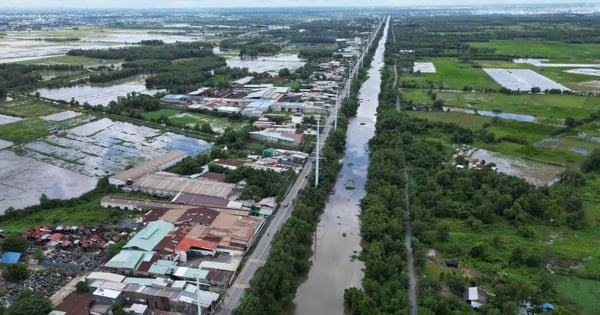

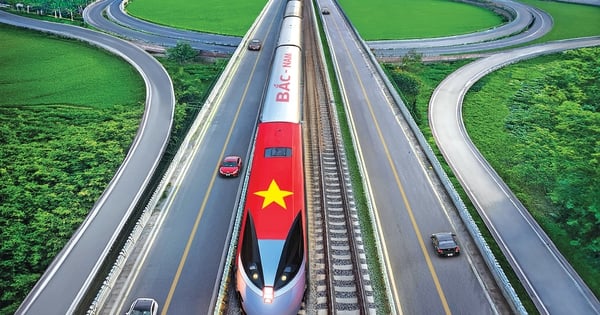

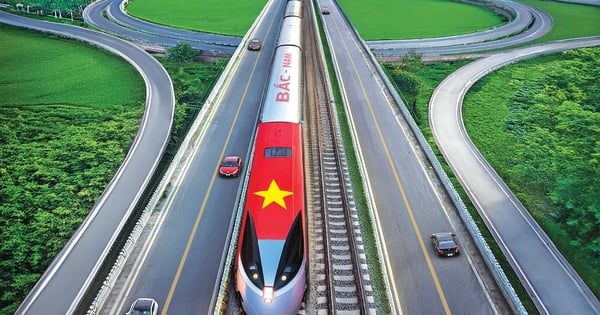
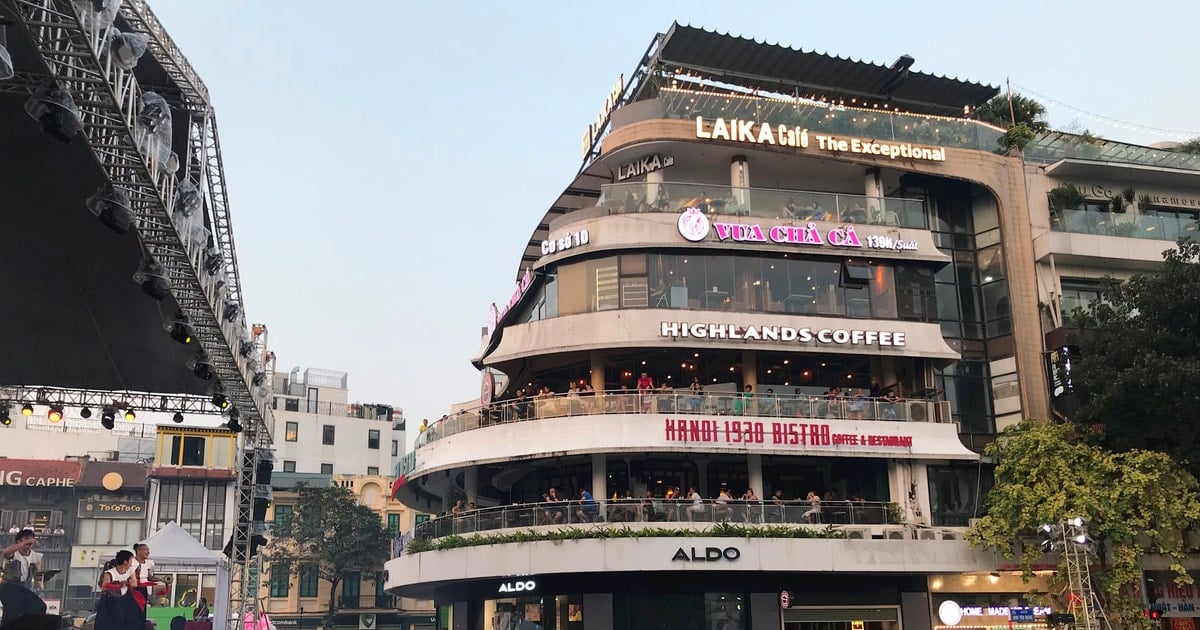

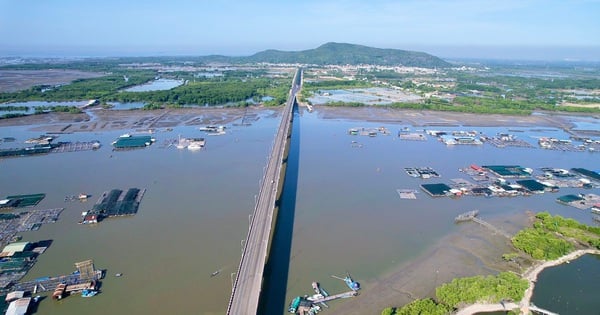
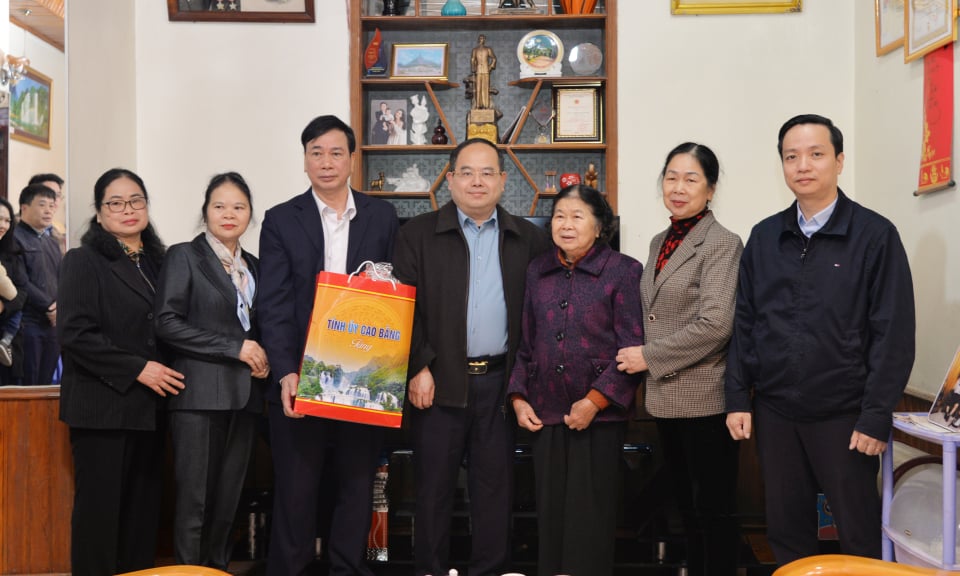
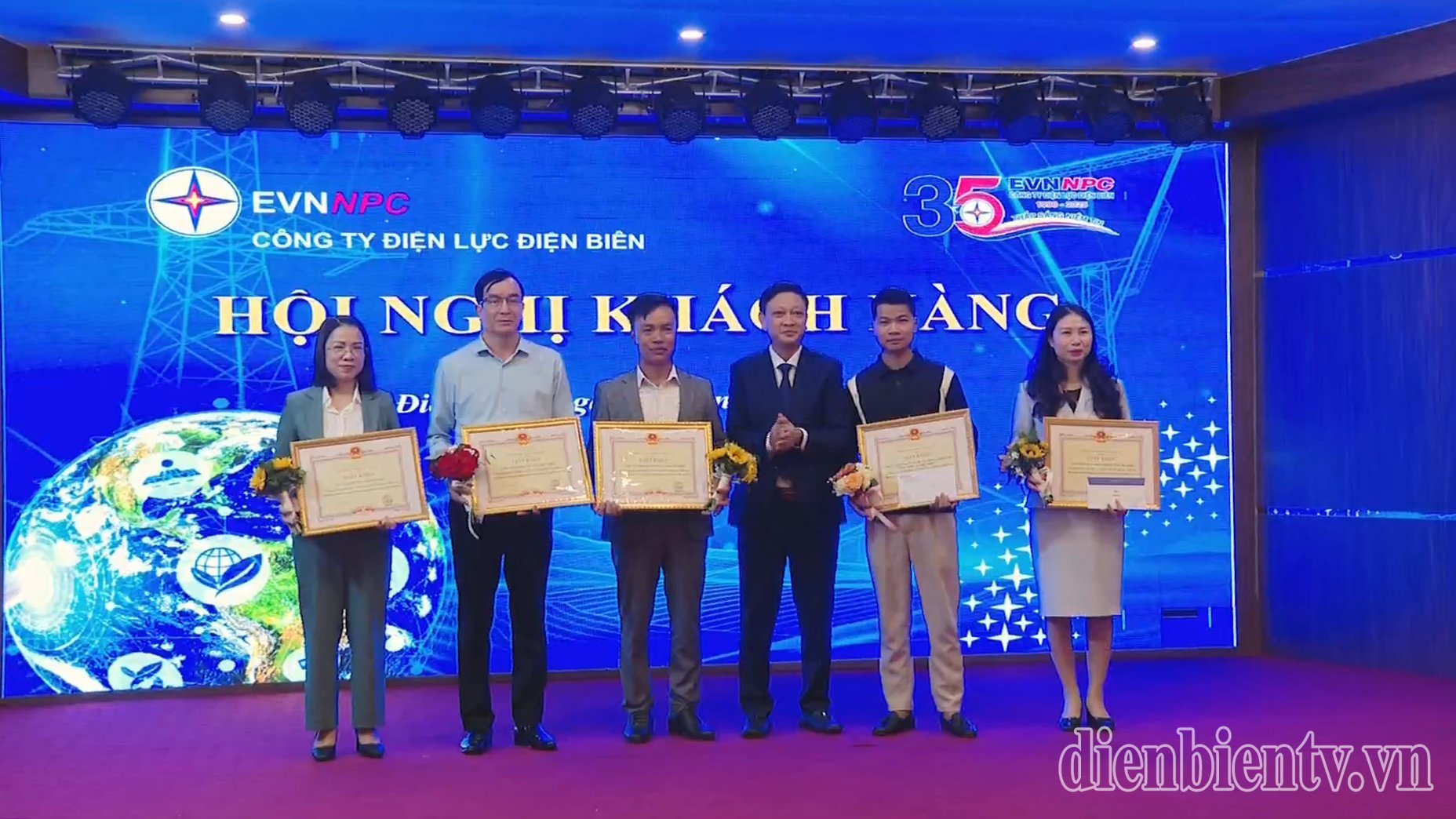
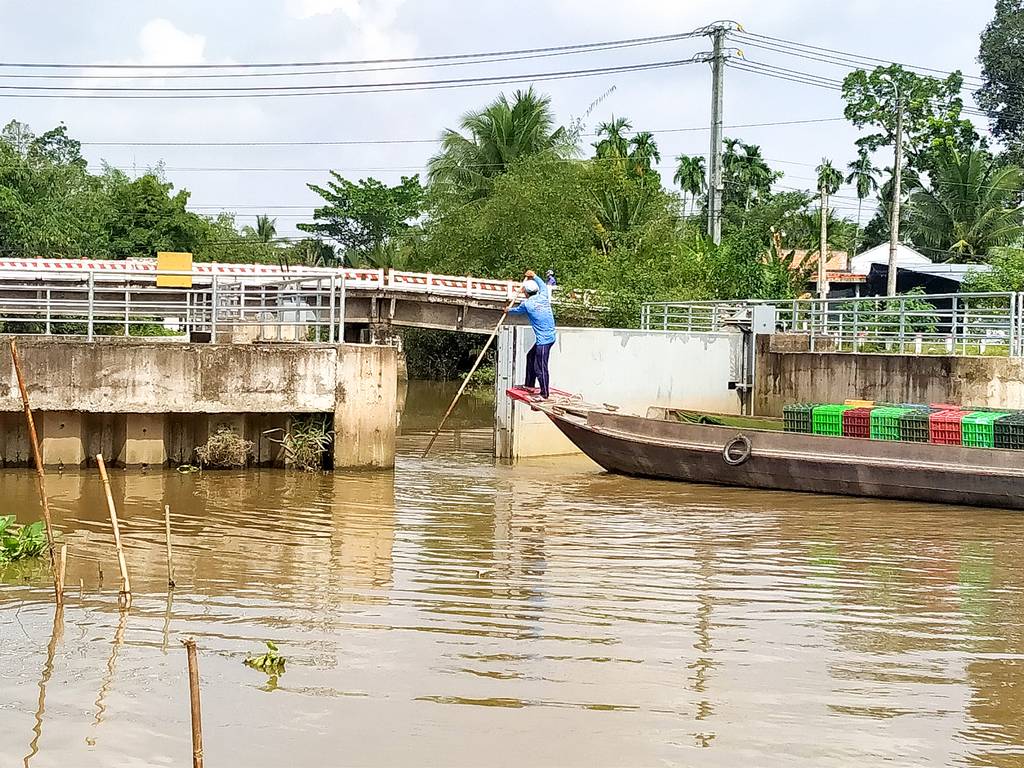
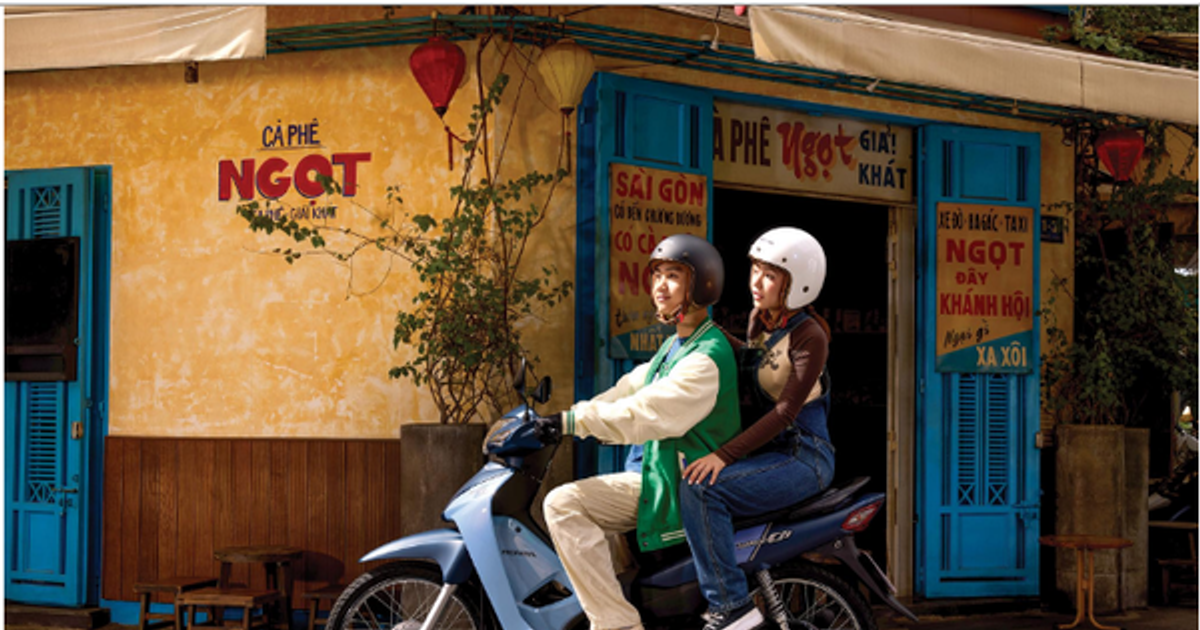
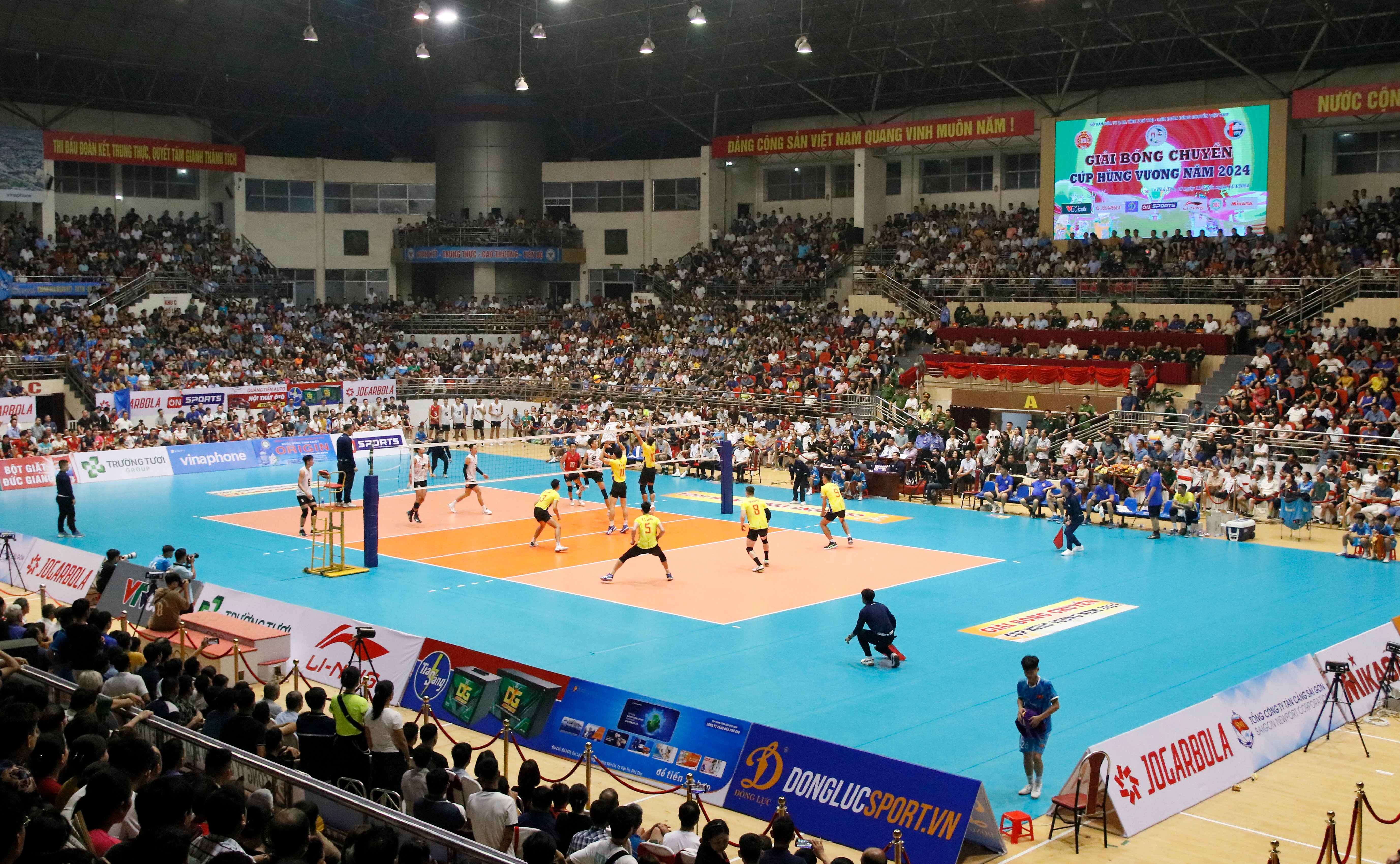







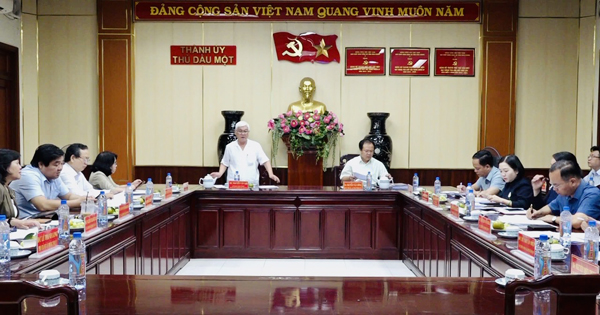
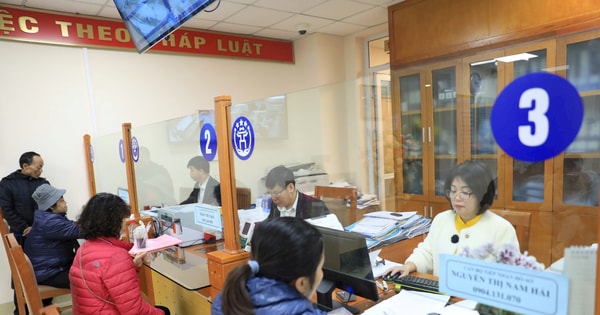













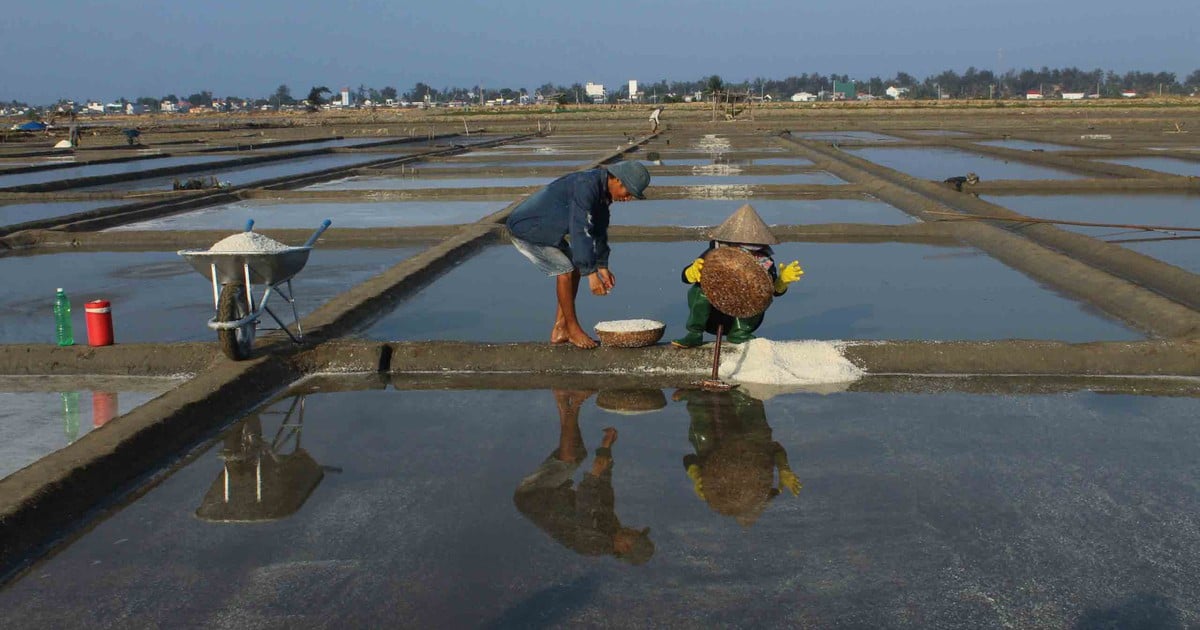


















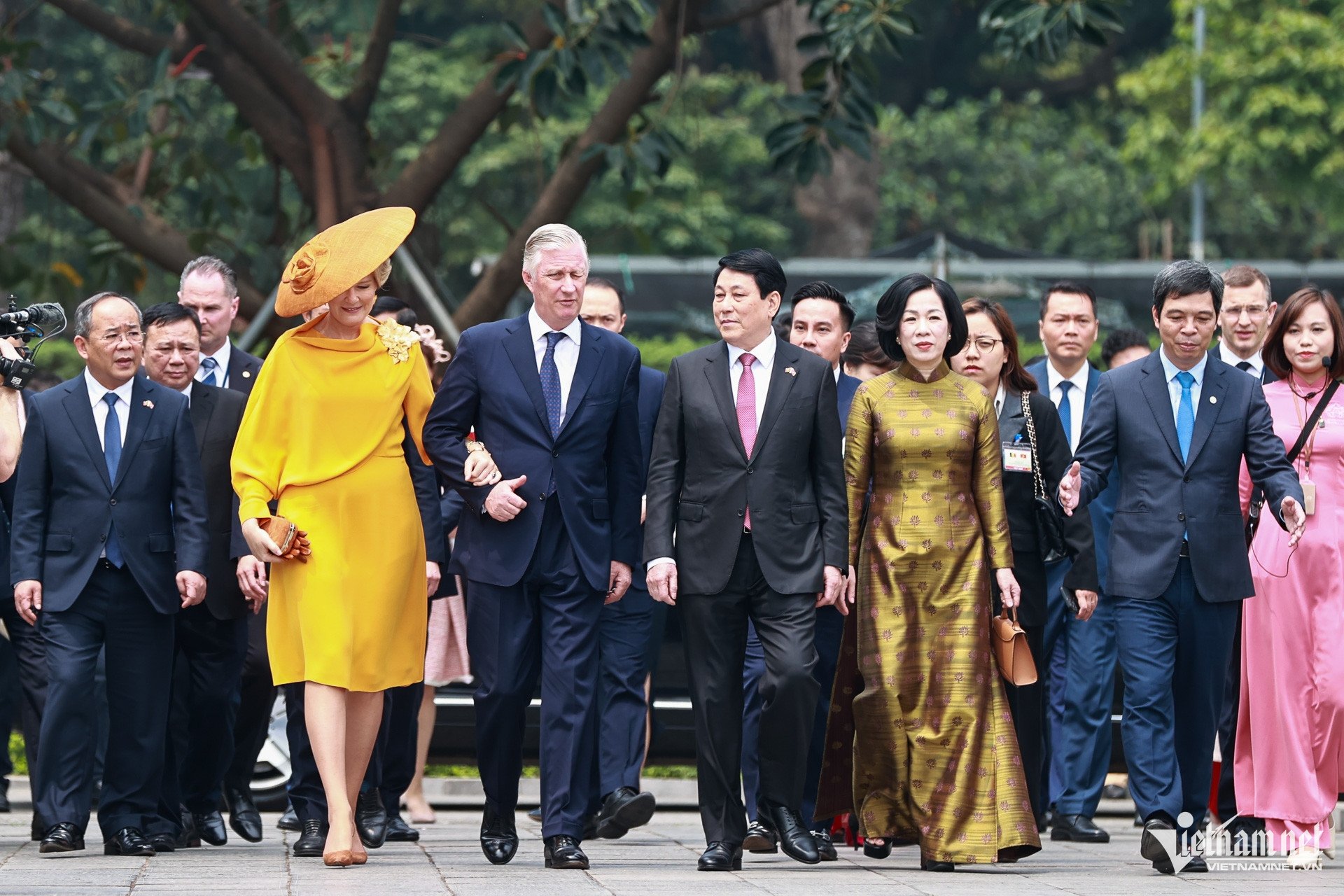

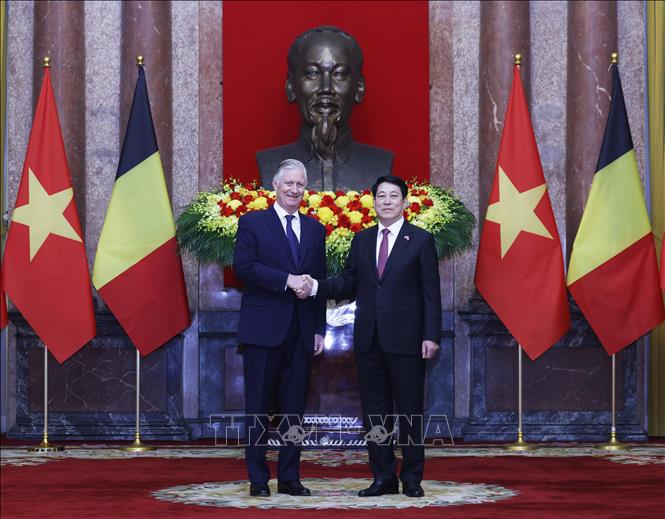

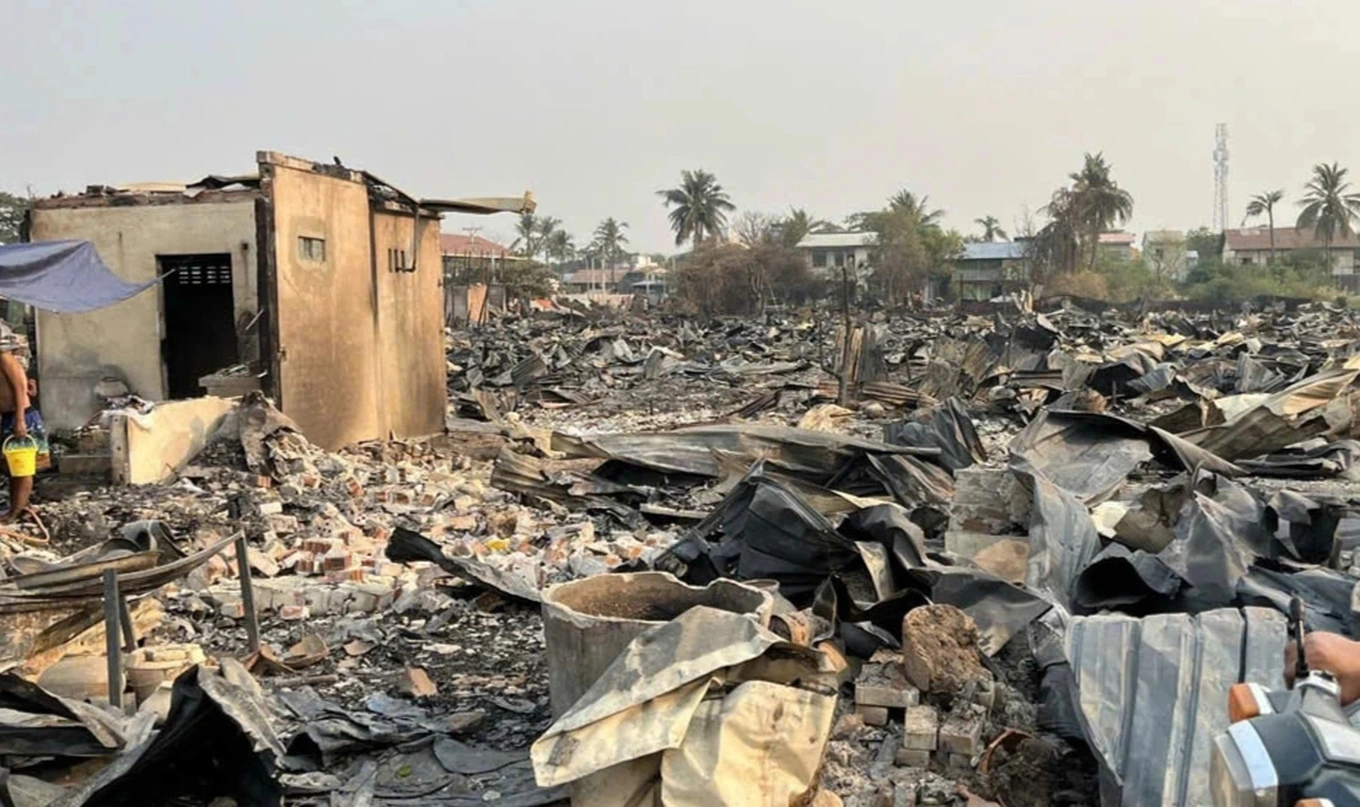
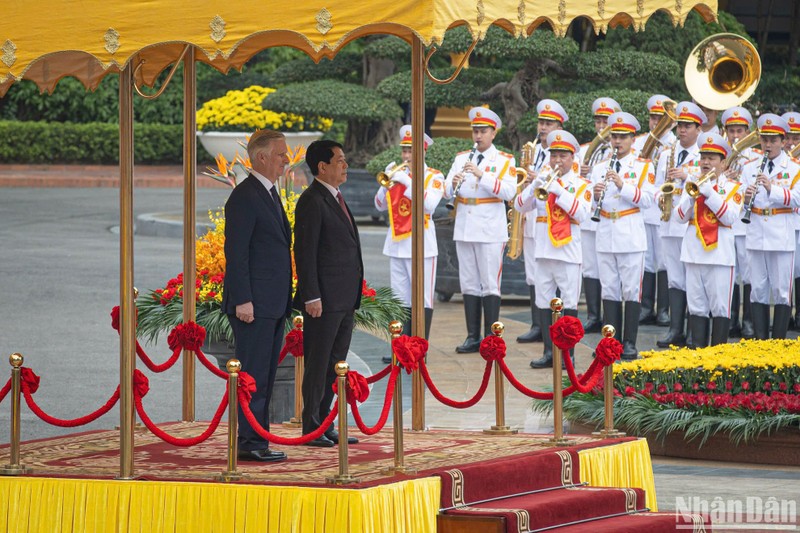
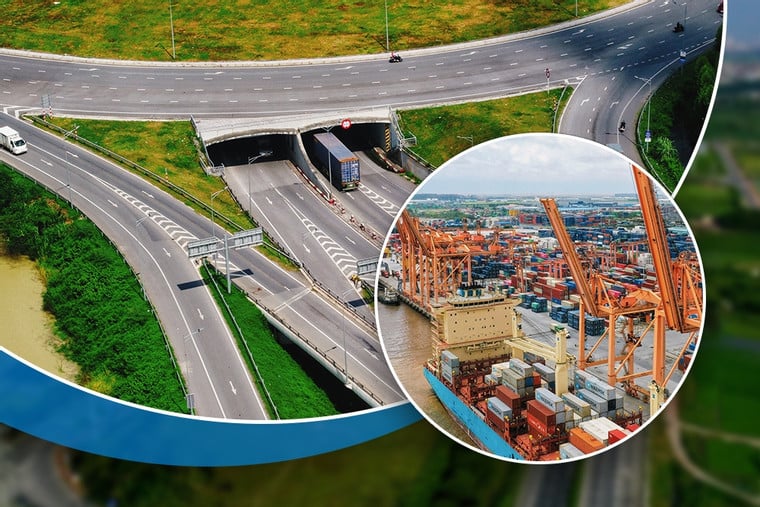
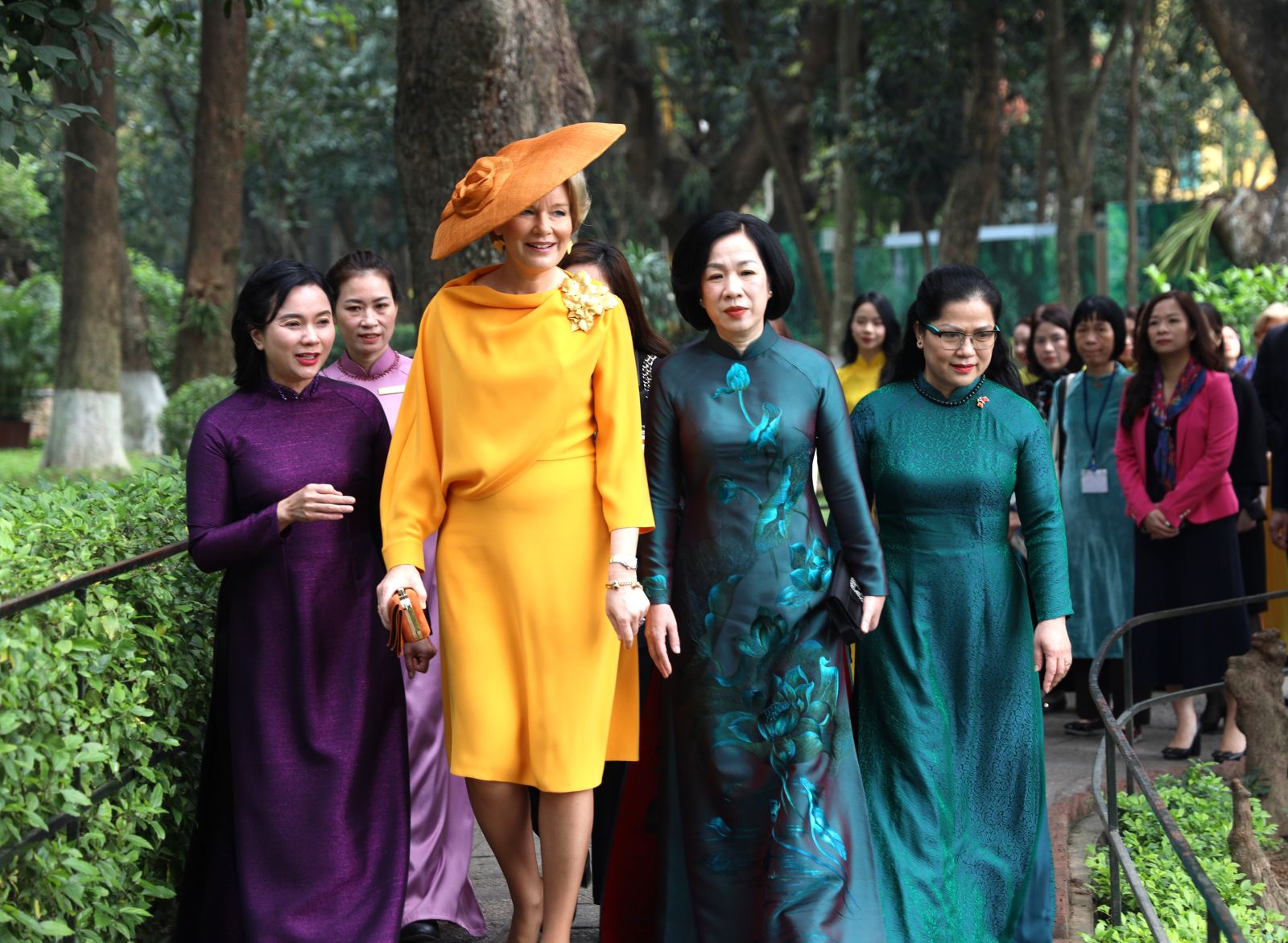





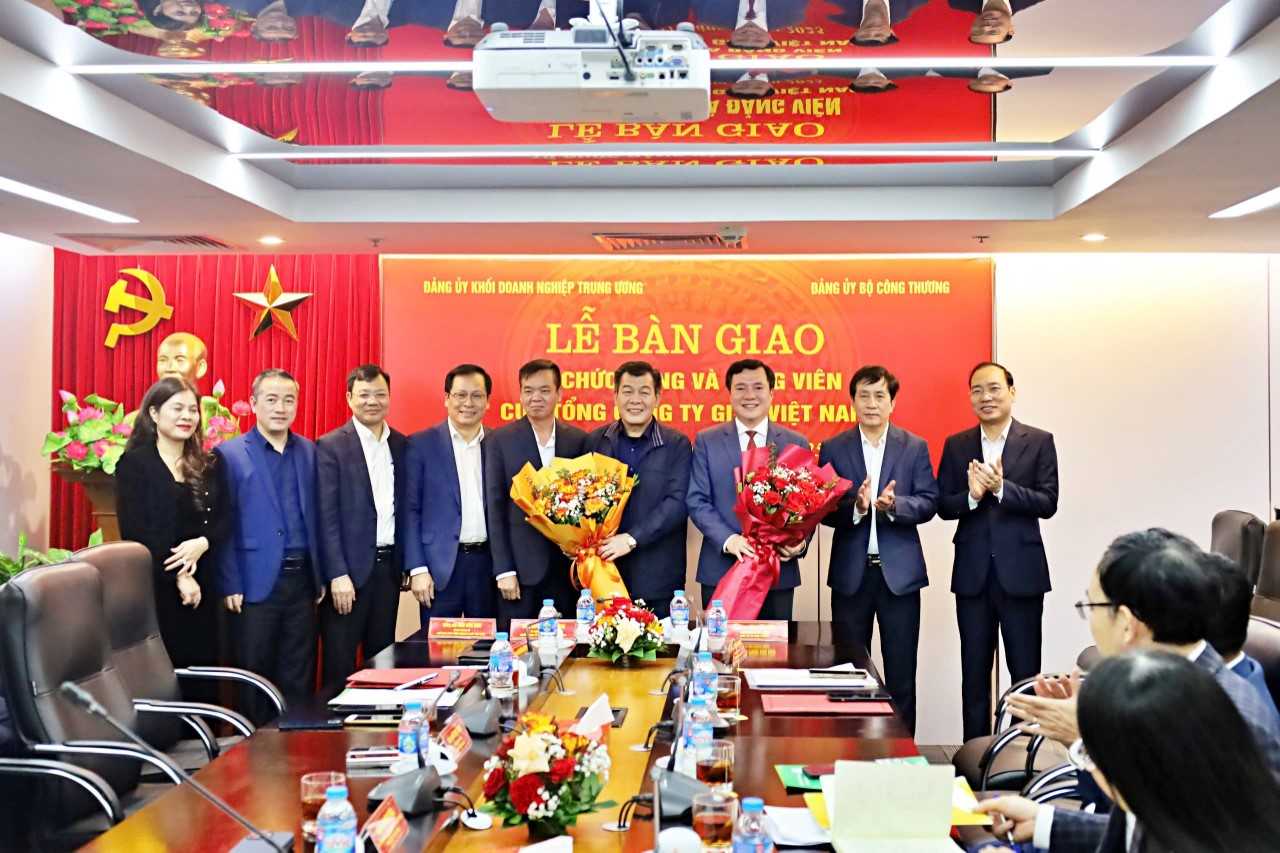

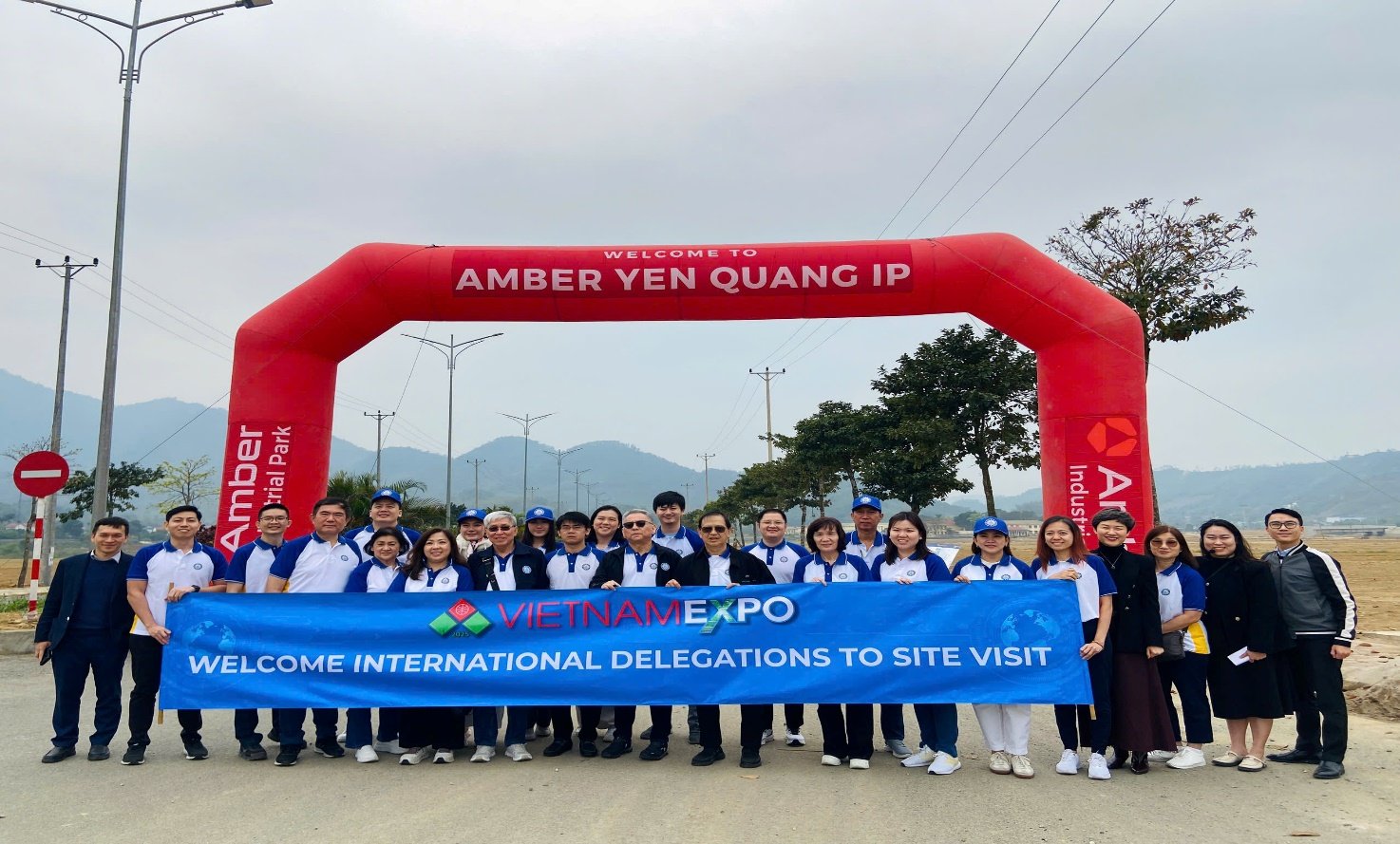


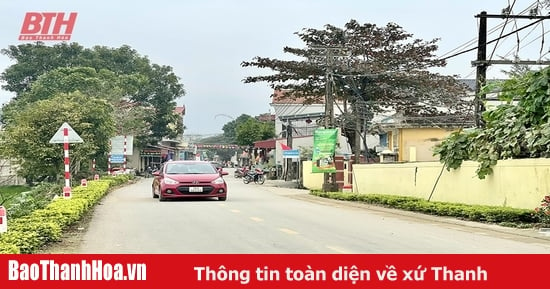

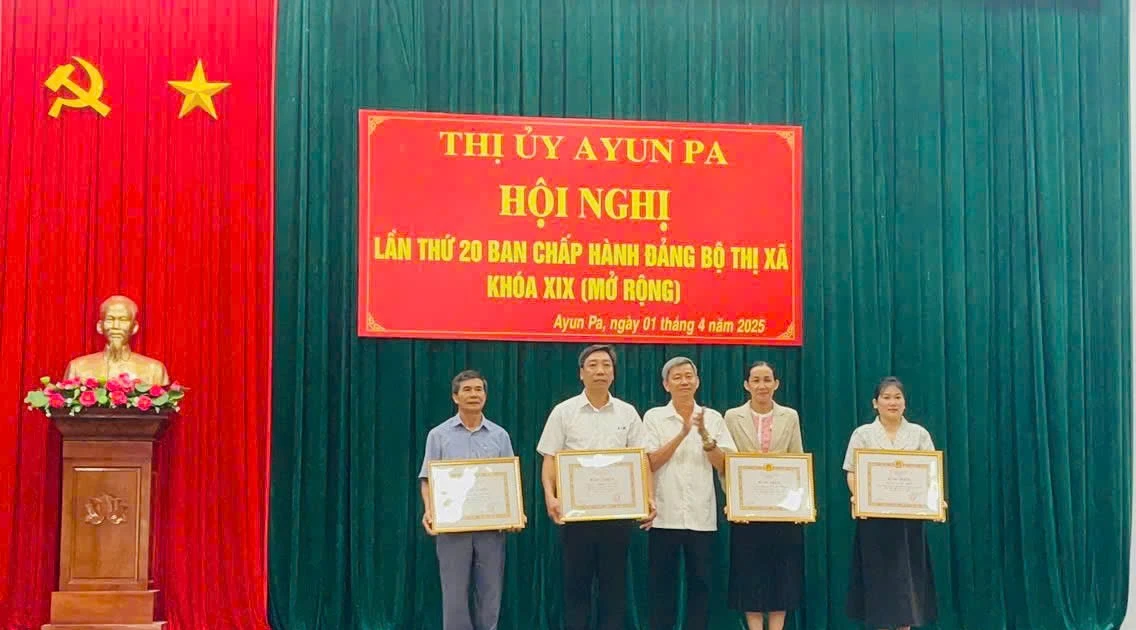

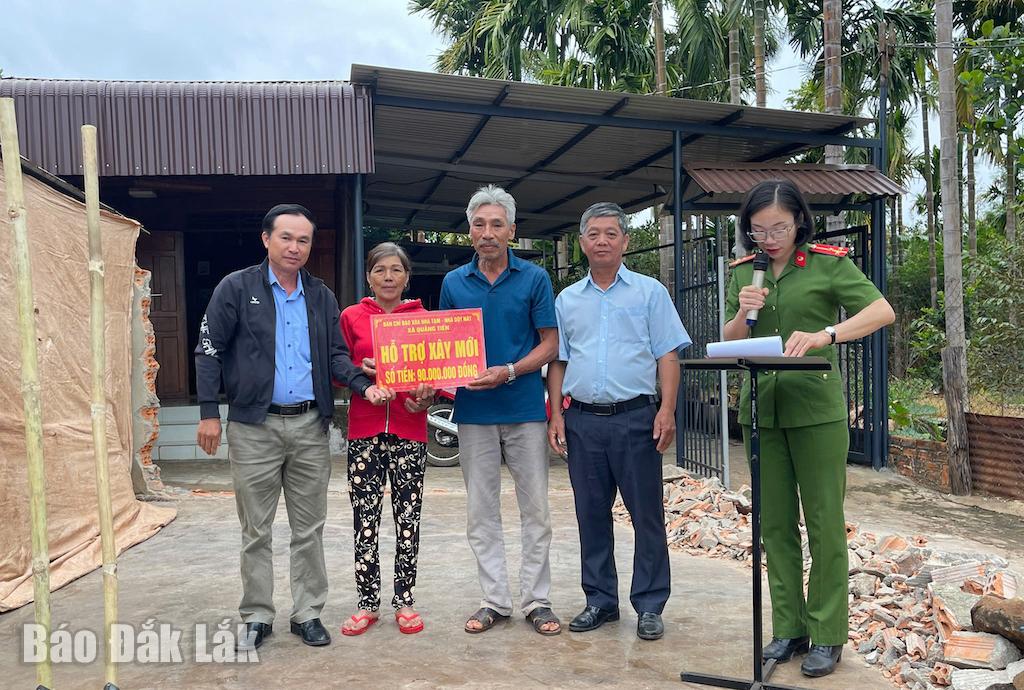












Comment (0)